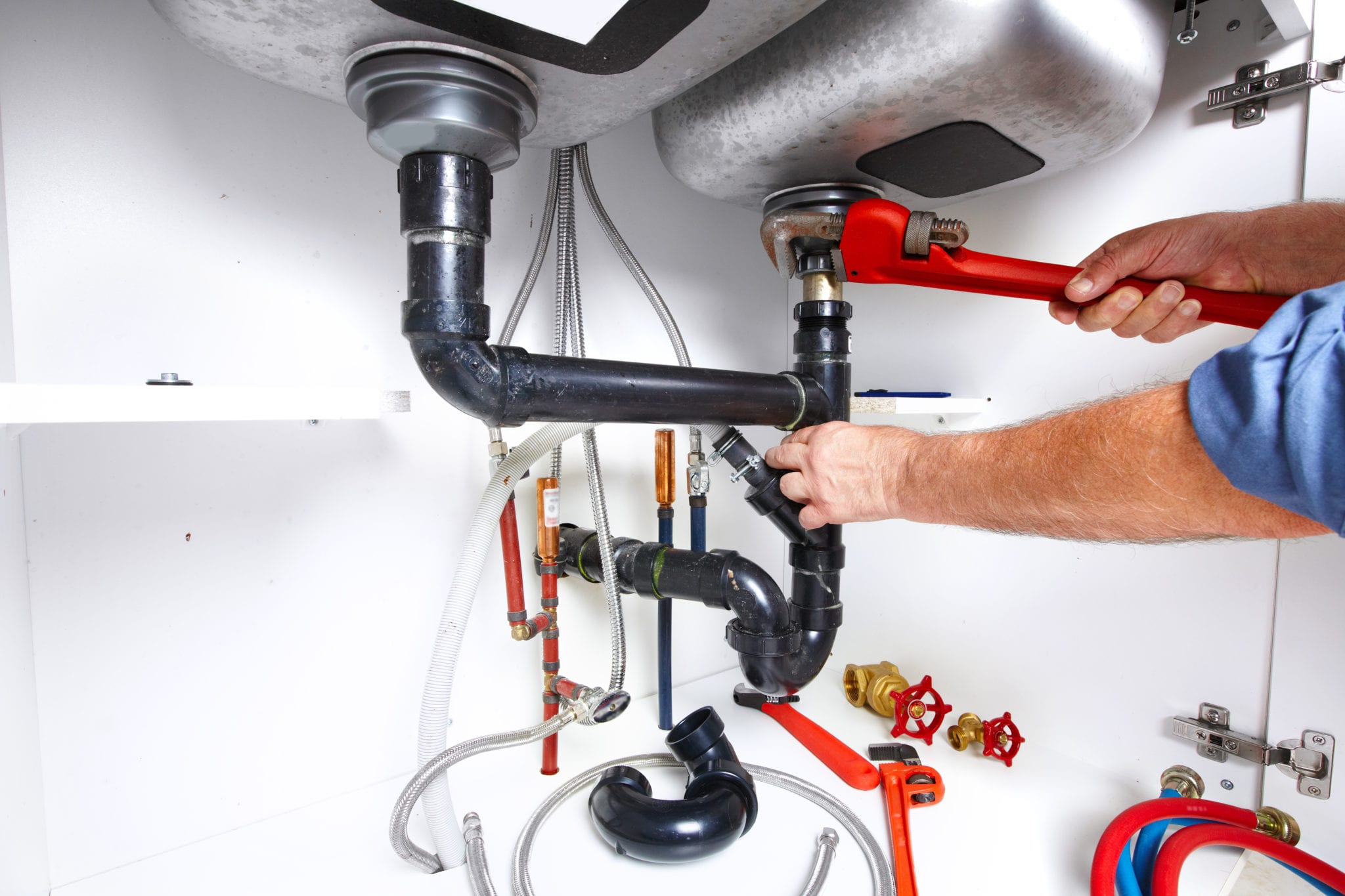We have discovered this article relating to Detecting hidden plumbing leaks directly below on the net and thought it made sense to write about it with you here.

Early discovery of dripping water lines can alleviate a potential disaster. In addition to conserving you money, it will certainly lessen the worry and disappointment. The minute you locate a leakage, calling your plumber for repair services is the best solution. Nevertheless, some small water leaks might not be visible. Right here are some hacks that aid if you can not detect it with your naked eyes.
1. Examine the Water Meter
Every residence has a water meter. Examining it is a proven way that aids you discover leakages. For starters, shut off all the water resources. Guarantee nobody will flush, use the tap, shower, run the washing machine or dishwashing machine. From there, most likely to the meter and also watch if it will transform. Because no person is using it, there must be no movements. That suggests a fast-moving leakage if it moves. Also, if you discover no changes, wait a hr or 2 and examine back once again. This means you may have a sluggish leak that can also be underground.
2. Examine Water Consumption
Assess your water bills and track your water intake. As the one paying it, you need to discover if there are any discrepancies. If you identify sudden changes, regardless of your intake being the same, it suggests that you have leaks in your plumbing system. Remember, your water costs must fall under the same variety on a monthly basis. An abrupt spike in your costs shows a fast-moving leakage.
A steady boost every month, also with the exact same practices, shows you have a sluggish leak that's additionally slowly escalating. Call a plumber to thoroughly inspect your home, specifically if you really feel a warm area on your flooring with piping beneath.
3. Do a Food Coloring Test
When it comes to water consumption, 30% comes from bathrooms. If the color in some way infiltrates your dish throughout that time without flushing, there's a leakage between the tank and bowl.
4. Asses Outside Lines
Don't neglect to inspect your exterior water lines as well. Test spigots by affixing a yard hose. Ought to water permeate out of the connection, you have a loosened rubber gasket. Replace this as well as ensure all connections are tight. If you've got a sprinkler system, it will help get it professionally examined and also kept every year. One little leakage can lose tons of water and spike your water expense.
5. Examine the circumstance and also examine
House owners must make it a routine to check under the sink counters and also even inside cupboards for any kind of bad odor or mold and mildew development. These 2 red flags indicate a leakage so punctual interest is called for. Doing routine assessments, also bi-annually, can save you from a significant problem.
Examine for discolorations and weakening as many pipelines and also devices have a life span. If you suspect dripping water lines in your plumbing system, do not wait for it to intensify.
Early discovery of leaking water lines can reduce a possible catastrophe. Some tiny water leakages may not be visible. Examining it is a surefire way that aids you find leaks. One little leak can lose heaps of water as well as increase your water bill.
If you suspect dripping water lines in your plumbing system, do not wait for it to rise.
How to Know If Your Home Has a Hidden Leak
Water Meter Reveals Inexplicable Water Usage
If you’d like to test whether or not there’s a leak somewhere in your home, you can do this using your water meter. Here is how to conduct the test:
Don’t use any water in your home for at least 30 minutes; this also means not turning on faucets or water-using appliances.
Go outside, and check your water meter for activity.
If your water meter shows that there was activity, even though no one was using any water, this proves that there is a leak in your home.Visible Mold or Mildew Growth
Leaks behind walls create moist, dark environments that allow mold and mildew to grow and thrive. Eventually, you might see mold growth forming on the wall closest to a hidden leak.
If mold is growing in an area that receives a high amount of moisture, such as a bathroom, it may simply be an indication that better ventilation is needed. However, if you see mold growth on a wall or the ceiling in an area where you would not expect, you probably have a hidden leak.
Musty, Mildew Odor
Sometimes you might not be able to see the mold or mildew that is growing as a result of a leak. However, the smell can give the problem away just as easily. If you catch a whiff of something musty, there’s a good chance that old water is collecting somewhere in your home that you can’t see.
Stained/Warped Walls, Ceilings, or Floors
When your home soaks up water, a variety of red flags can become visible, including ceiling stains, bubbling drywall, warped walls, and sagging floors. While these issues can be caused by excess humidity, they can also be signs that a pipe or plumbing connection has started leaking behind your walls.
Inexplicably High Water Bill
After a while, you get a general sense for what your water bill should be. If you own a pool or sprinkler system, your bill will tend to be higher during summer. However, if you receive a water bill that seems especially high, and you can’t figure out what caused it, then you may have a hidden leak somewhere that’s increasing your bill.
https://www.plumbingjoint.com/blog/2019/july/how-to-know-if-your-home-has-a-hidden-leak/

I ran across that page about Locating water leaks when doing a search on the search engines. Sharing is caring. Helping people is fun. We cherish reading our article about Finding hidden leaks.